News
SEC’s SAB 122 enables banks to securely manage crypto assets
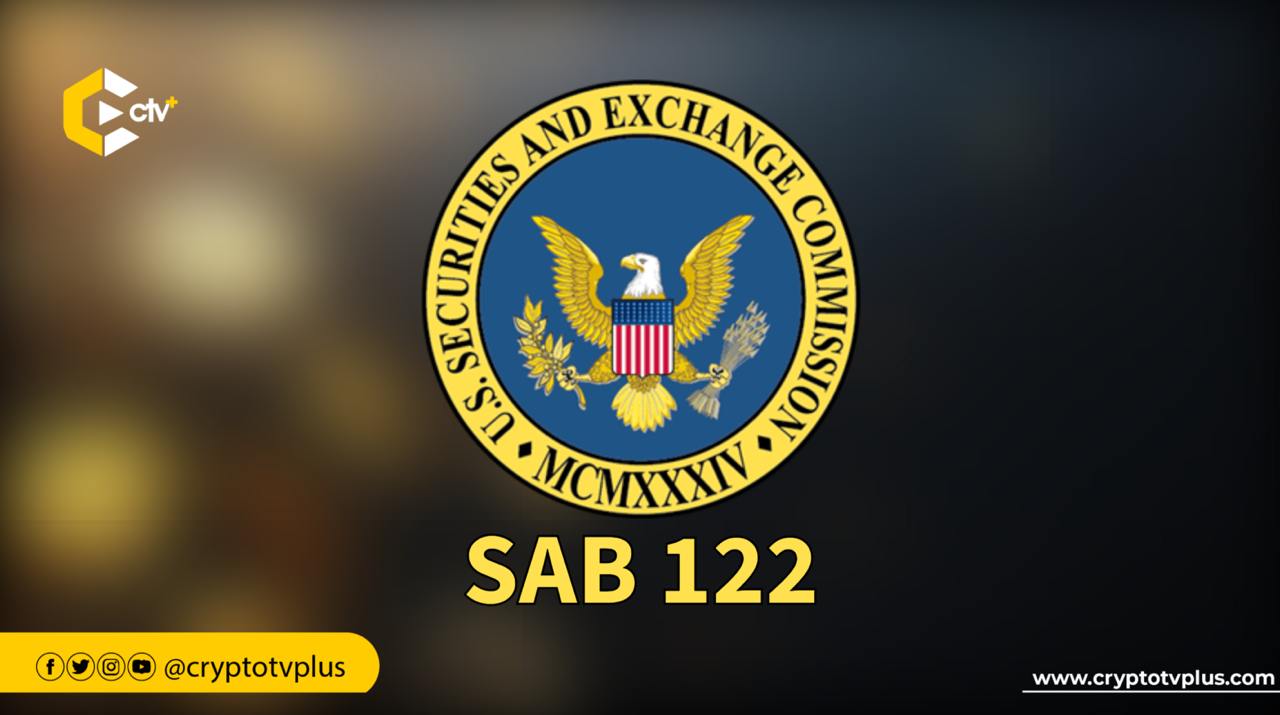
The U.S. Securities and Exchange Commission (SEC) has issued SAB 122—a new guidance replacing the controversial SAB 121 rule. This transition aims to make it easier for banks and other financial institutions to provide custody services for crypto assets like Bitcoin and Ethereum, which had been made much more difficult by the previous rule.
SAB 121 was a guideline from the U.S. Securities and Exchange Commission (SEC) that shows how companies should handle and report crypto assets they safeguard for their customers. If a company holds cryptocurrencies on behalf of users, even if it doesn’t own them, it must record them as both an asset and a liability on its financial statements.
This ensures the company recognizes its responsibility to protect these assets. The guideline also requires companies to make risk disclosures with such issues as security issues, legal uncertainties, or price changes, so investors are fully informed.
SAB 122, however, takes a more flexible approach. Rather than compelling institutions to treat the assets as liabilities, it allows them to assess potential risks using existing accounting standards for contingencies.
This means that banks and other firms now have more freedom in deciding how to handle the liabilities associated with holding crypto assets, which should make it easier for them to offer these services without the financial strain that SAB 121 imposed.
The SEC’s earlier stance, under SAB 121, had a massive impact on the crypto industry. By mandating that crypto assets held by custodians be treated as liabilities, it made it far more difficult for banks to provide secure custody for these assets.
Financial institutions found the costs of complying with SAB 121 too high. As a result, fewer entities were willing to offer crypto custody services. This reduction limited consumers’ options for safely storing their digital assets, a critical issue given the risks of hacking and theft in the crypto world.
The rule also drew significant criticism for potentially exposing customers’ assets to risks in case of a financial collapse. Because these assets were treated as liabilities, there were concerns that they could be included in the bankruptcy proceedings of a custodian if it went bankrupt, putting customers’ holdings at risk.
SAB 121’s strict rules made it financially unfeasible for many traditional financial institutions to participate in crypto custody, leaving fewer safe storage options for crypto holders.
Read also: US SEC fines Digital Currency Group $38M for misleading investors
The backlash against SAB 121 led to several efforts to overturn the rule. In early 2024, the House of Representatives passed a resolution to disapprove the rule under the Congressional Review Act, though it was vetoed by President Biden. Despite this, the SEC’s leadership recognized the need for change.
Commissioner Mark Uyeda, one of the voices pushing for reform, argued that the process of issuing SAB 121 had lacked sufficient consultation with other regulators and the public, which led to many of the issues the rule caused.
Now, with the introduction of SAB 122, banks and financial institutions have more room to work with crypto assets. This is expected to ease the burden on firms considering offering crypto custody services, and in turn, it should expand the options available to consumers.
Under SAB 122, custodians can treat the risks associated with digital assets more like traditional financial assets, using existing accounting frameworks rather than creating an entirely new system. This move is seen as a win for the industry, as it supports the growth of crypto services while providing more clarity and stability in how crypto assets are handled.
While the full impact of SAB 122 is still unfolding, it represents an adjustment toward a more balanced and flexible approach to the regulation of digital assets. This change will likely encourage more traditional financial institutions to engage with the crypto world, thus increasing the security and accessibility of crypto custody services.





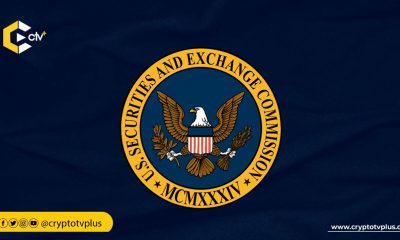

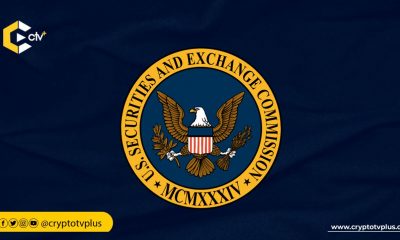

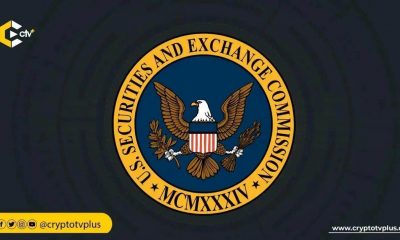



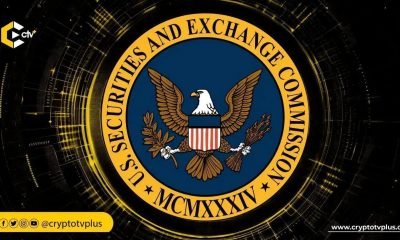











2 Comments